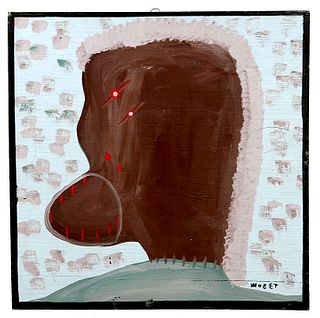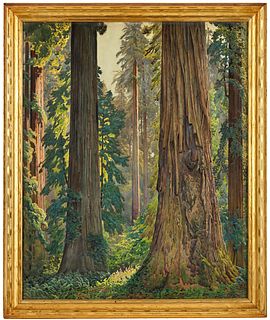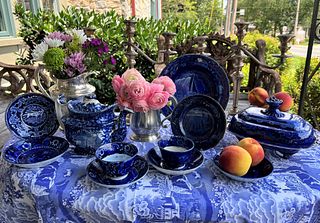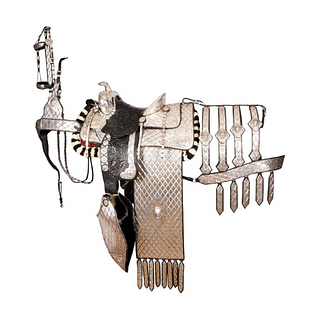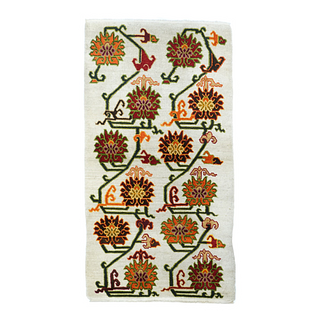5 Francis Bacon Lithographs That Radiate Power
For many giants of art history, printing a portfolio of limited lithographs can act as a sensible way to reproduce, sell and preserve copies or original lithographic versions of ones work and understanding the process of different types of prints is key in choosing the right method to do so.
The powerful and often unsettling works by Francis Bacon only continue to grow in magnetism and allure - portraits bending around themselves, figures trapped within dark portals and vague geometric rooms. Bacon’s paintings exist on a plane of crushing gravity and dense interruptions made by the fragile human condition - his raw paint application dissolving and remaining upon itself like the dipping of a wet spoon into a sugar bowl.
Over his lifetime, Francis Bacon collaborated with several printmakers to release 36 of his best-known pieces as limited-edition lithographs - although, they can vary greatly in secondary market value depending on the printer and subject. Since owning an original painting by Bacon may not be in the cards for most of us (especially since he destroyed many hundreds of them) clinging to the equally potent lithographs remains a viable option.
Study for Bullfight No. 1, 1971 - Lithograph in colors
Lot 566, Francis Bacon, Study for Bullfight No. 1, 1971, Lithograph in colors, Signed and numbered 105/150 - Publisher: Musee de Grand Palais, Paris. Sold at Rago in 2016 for $40,625.
The subject of the corrida (bullfight) was most likely inspired by Bacon’s trips to the South of France and Spain where he would have encountered the event first hand. Being that he was an admirer of Picasso, in particular Tauromachie, Bacon would have been drawn to explore the subject himself.
In 1969, Bacon painted Study for a Bullfight No. 1 and Second Version of Study for a Bullfight. Two years later, in 1971, for Bacon’s retrospective at the Grand Palais, Paris, a large lithograph was published based on the painting.
Study for a Portrait of John Edwards, 1986 - Lithograph in colors
Lot 324, Francis Bacon, Study for a Portrait of John Edwards, 1986, Lithograph in colors. Sold at Rago in 2020 for $16,250.
In the later years of Francis Bacon’s life, John Edwards remains one of the most important persons to befriend the artist. From the 1960s onwards, instead of painting from life - Bacon mostly used photographic references for his works, although this wouldn’t necessarily be apparent given their masterful and up front execution. After suffering the great loss of his love, George Dyer, by suicide in the 1970s - a clear darkness swept over Bacon’s canvases until the 1980s when a touch of composure and groundedness returned to the frame - enter the portrait series of John Edwards.
Studies of the Human Body, 1974-1977 - Lithograph in colors
Lot 94, Francis Bacon, Metropolitan Museum of Art, Lithograph signed in pencil 16/200, entitled "The Human Body" (study for the Metropolitan Museum), belonging to the central panel of a triptych made between 1974 and 1977. Sold at Morton Subastas in 2021 for $10,562.
The ability to place Bacon into a box (unless literally painted for you to content with) was consciously rejected by the artist from the outset of his career - considered a late comer to painting, beginning in his twenties, Bacon was a maverick who repelled popular modes of abstraction in favor of a more disturbing realism. He dove into the human form, its movement and relation to space, by studying the early photographs of Eadweard Muybridge and has been compared to the likes of Michelangelo for his investigative pursuit of the figure and the sculptural nature of his subjects.
Belonging to the central panel of a triptych made between 1974 and 1977, the lithograph above titled, The Human Body, highlights the psychological anxiety that his subjects endure, “[Bacon is] quite simply the most extraordinary, powerful and compelling of painters … His images short-circuit our appreciative processes. They arrive straight through the nervous system and hijack the soul,” states art critic Rachel Campbell-Johnston.
Study of a Human Body After Ingres, 1984 - Lithograph in colors
Lot 685, Francis Bacon, Study of a Human Body After Ingres, 1984, Lithograph in colors. Publisher: Galerie Lelong, Paris. Proof aside from the edition of 180. Sold at Rago in 2018 for $6,250.
Missing limbs aside, one could almost say that this portrait of a human torso is comparatively cared for opposed to much of Bacon’s regularly howling, contorted figures. In the lithograph above, Study of a Human Body After Ingres, 1984, we see an ode to and free interpretation of the delicately painted forms of Jean Auguste Dominique Ingres.
Studies of the Human Body (central panel), 1980 - Color Offset Lithograph
Lot 469, Francis Bacon, Studies of the Human Body (central panel), 1980 - color offset lithograph. Marlborough Graphics, New York, pub. Edition 129/250, signed in marker. Sold at Hidman in 2017 for $5,000.
Similar to his treatment of portraits from the 1950s, where the subject is placed inside a framework or architectural slab of sorts, this lithograph from the Studies of the Human Body, 1980 (central panel) offers the same severe isolation of body parts, however, the friendlier use of light pink and powder blue stand in as (dare I say) a more appetizing palette. It’s worth noting that Bacon often painted in triptychs - giving reason to the specificity when purchasing lithographs should they only represent a single part of the originally intended series of panels - such as the “central panel” lithograph designated above.
Bacon’s breadth of post-war contemporary works span from the 1920s-1990s and include a riveting array of subjects: haunting crucifixion beasts, illusionary figures in cages, evaporating portraits of popes, screaming heads, twisting figures and secret sitters such as his friend and fellow artist Lucian Frued. The desire to own a work by Bacon is strongly tied to those who desperately seek to understand them - to have them at home to focus on as intensely as he must have intended us to - if only to suddenly unlock their secrets and release his subjects from their agony for good.
Let's Understand the Process of Different Types of Prints
Browse Bidsquare to discover hundreds of upcoming lithographs in our online auction catalogs by the twentieth centuries most influential artists.
Don't have a Bidsquare account? Sign up here!
Be in the know about upcoming auctions and exciting post-sale results by following us on Facebook and Instagram.
______________________________

Jessica Helen Weinberg | Senior Content Editor at Bidsquare
- Rafael Osona Auctions' Modern & 19th Century Design From Nantucket Estates
- Quilts as a 2025 Design Trend: A Celebration of American Heritage and Craftsmanship
- A Celebration of Sports History and Collectibles
- The Thrill of Sports Memorabilia Auctions: A Collector’s Paradise
- Demystifying Coin Condition: A Guide to the Sheldon Grading Scale
- Snoopy & Friends: A “Peanuts” Auction at Revere
- Colorful Chinese Monochromes at Millea Bros
- 12 Holiday Gifts for the “Impossible to Buy For” on Bidsquare
- Alluring Art Objects and Accessories from the Estate of Chara Schreyer
- Kimball Sterling's One-Owner Outsider and Folk Art Collection Showcases Masters of the Unconventional



 EUR
EUR CAD
CAD AUD
AUD GBP
GBP MXN
MXN HKD
HKD CNY
CNY MYR
MYR SEK
SEK SGD
SGD CHF
CHF THB
THB.jpg)
.jpg)
.jpg)
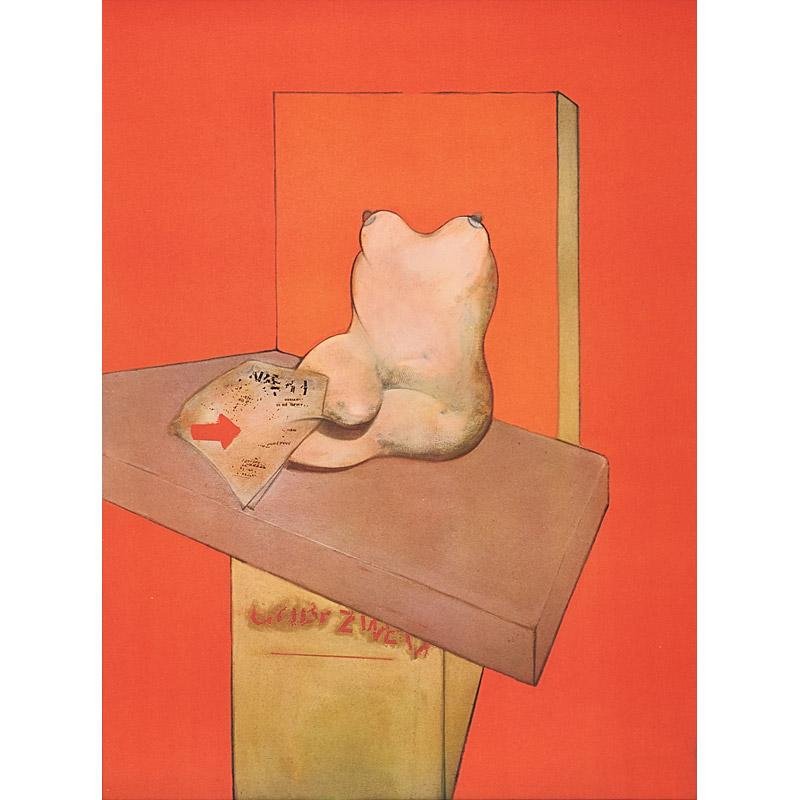
.jpg)


